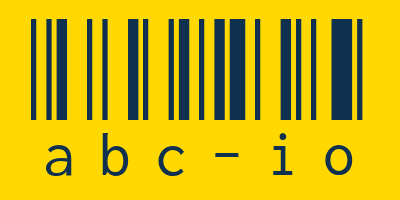NBN Co has today released its end of year financial results. Alongside posting an increase in revenue, the results reveal a surge in upgrades to the fibre to the premises (FTTP) connection type, finally overtaking the previously most common – and inferior – fibre to the node (FTTN) connection technology.
Specifically, NBN Co says there are now 2.66 million active FTTP connections in Australia, compared to 2.17 million as at June 30, 2024. Conversely, FTTN connections have seen a steady decline over the same period, going from just over 2.78 million at the end of FY 2024 to approximately 2.5 million at the time of writing.
Why is that so interesting and important? It’s because FTTP connections offer access to the fastest NBN plans and it’s the only connection type available to customers who currently connect via copper-based technology and want to take advantage of the free NBN speed upgrades arriving in September.
Premises that connect fibre hybrid fibre coaxial (HFC) technology are also able to take advantage of the incoming speed boosts, but the technology is available as an upgrade option for those on copper-based infrastructure.

Why the need for a speed upgrade?
If this is the first time you’re hearing of the proposed speed upgrades, then in short, homes that connect to the fixed-line NBN network via FTTP or HFC will be able to access brand new NBN 500, NBN 750 and NBN 2000 plans from September, which are joining the current NBN 1000 tier (which is seeing an increase to its minimum speed) to provide a suite of super fast wired internet options.
At a time where we’re demanding more from our home internet connection – NBN Co says the average Australian household has 25 connected devices – the need for faster speeds and greater bandwidth is more prevalent than ever. The upgraded plans will be able to deliver on both counts.
For the past three years, NBN Co has been on a mission to make the older, copper-based fixed-line network footprint eligible for the upgrade to FTTP at no cost. The vast majority of homes should be eligible for the free upgrade by December this year, with the remaining 622,000 homes on copper-based connections all set to slowly become eligible by 2030.
What are the best high-speed NBN plans to get today?
If the idea of faster download speeds sounds exciting, and you’re yet to take advantage of the free fibre upgrade, you’ll be pleased to know you’re not short of fantastic options. We’ve already seen some providers launching NBN 500 plans ahead of NBN Co’s official rollout date, including Exetel, Spintel and Tangerine, and they all represent incredible value.
It’s perhaps no surprise the 500Mbps plans have seen an early launch, as even NBN Co CEO Ellie Sweeney has stated that, “Looking to the future, it is [NBN Co’s] aim that our 500 Mbps wholesale speed tier becomes Australia’s most popular nbn plan.”
It’s also possible to sign up for an NBN 750 plan early via Spintel, which presents itself as great value when comparing the price that, in some cases, is better than certain providers’ NBN 25 plans that are 30x slower.
We don’t yet know how much the new ‘hyperfast’ NBN 2000 plans will cost, but we’ll certainly be keeping our eyes peeled for the best deals when they officially arrive.
If your home is eligible for the free fibre upgrade, then you can sign up for a high-speed NBN plan with your chosen service provider who will then activate the upgrade on your behalf. You’ll be given a date for a technician to come and install the necessary cabling and equipment at your premises, and you’ll be able to revel in lightning-fast download speeds soon after.











Add Comment